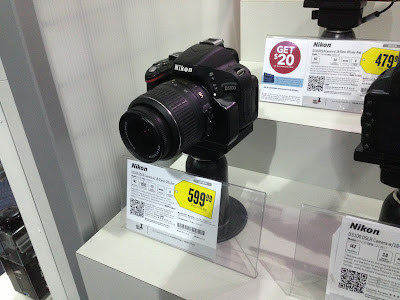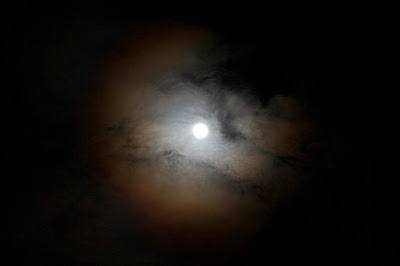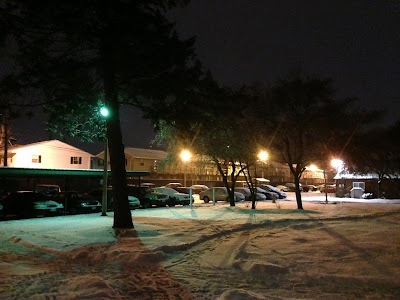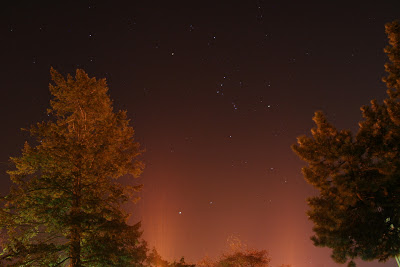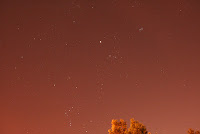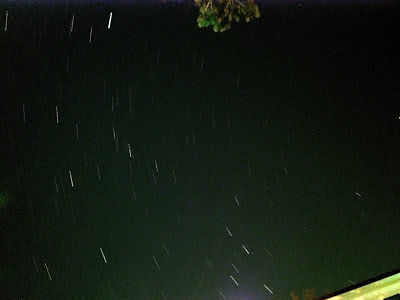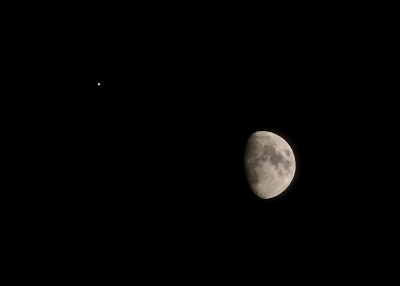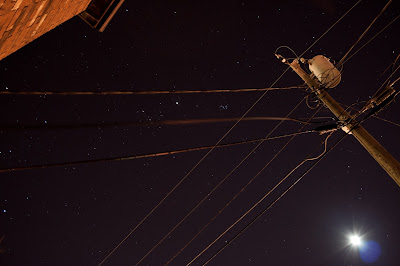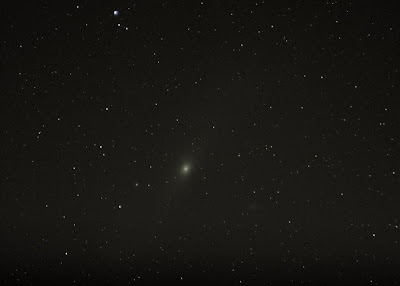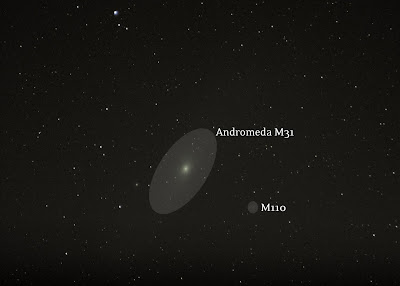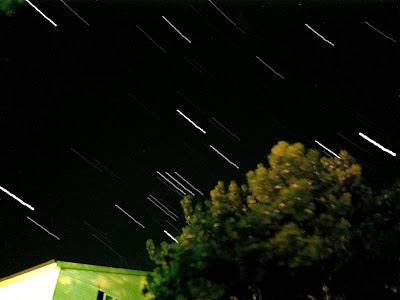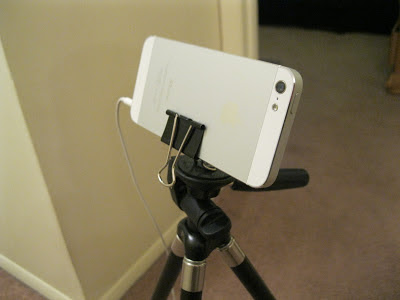The best way to photograph the moon using an iPhone is to lock the exposure on something bright before going outside. Since posting "
How to photograph the moon on an iPhone: One possible solution" I've come across a more straightforward technique described below.
Update: For more advanced iPhone photographers, check out "
Most Detailed iPhone Photo of the Moon Possible"
The moon is a very bright object, which is why it normally looks like a washed-out white dot using an iPhone camera. Even using a DSLR, the only way to get detail on the face of the moon is to treat it like the bright object that it is by using a
low ISO and fast shutter speed.
Because the iPhone camera doesn't include settings to manually adjust ISO and shutter speed, you have to trick the camera into the right settings on something other than the moon.
Update: New apps in the upgraded version of iOS now allow you to adjust the ISO manually! Finally!
The app Manual - custom exposure camera is a good example of one of these apps.
 |
| Difference between iPhone camera auto exposure on the moon, and locked exposure |
1. Locking the Exposure

Before going outside to take a photo of the moon, hold your iPhone up to something bright. I used the light in my kitchen. Holding it directly up to the light will let you lock the exposure for anything bright (probably better for full moon), or holding it slightly further away or at an angle will let you lock the exposure for a dimmer moon (such as crescent or clouded moon).
Basically, you're using a bright light as a stand in for the moon so that you can adjust the camera settings. The moon is just too small in the sky for the camera to adjust the exposure appropriately - I think the iPhone uses more of the field of view to determine when to adjust the settings, and the moon is a very small area in the field. I've even tried locking the focus and exposure on the moon outside, but it just doesn't trip the settings like a light that fills up more of the viewfinder.
Tap and hold the screen area to lock the focus and exposure (AE/AF Lock).
Note: AE/AF Lock comes with the iPhone 4S and 5, and I believe was added to the iPhone 4 after the iOS 5 update - but I don't have every version of the iPhone to test this so I'm going on
what I've read.
2. Use an App that Shows ISO and Shutter Speed
The default iPhone camera has the ability to lock auto focus and exposure, but we want to lock the exposure
without locking the focus. A number of camera apps will let you do this, my favorite so far is
645 Pro (
). This app lets you lock exposure and focus independently, and shows the ISO and shutter speed values on the screen.
 |
| Exposure lock (AE-L) on kitchen light at ISO 50, shutter speed 1/742 seconds |
Apps that tell you the ISO and shutter speed will let you practice with different values to get a better moon photo. With the default camera, you'll be left guessing exactly what settings you're using.
3. Focus on the Moon
With the exposure locked using the kitchen light as an under-study, we're ready for the star of the show to make her appearance. Go outside and focus on the moon. I used a DIY $1 tripod to try to hold the phone still, but at shutter speeds faster than 1/500 second you might get by with just a steady hand. Thar she blows! The moon is in my crosshairs.
 |
| Thar she blows! The moon is in my sights |
4. Lower Your Expectations
Even with an appropriately-exposed photo and the super nice iPhone 5 camera, the moon will only appear about 50 pixels across in your final shot. I know, it stinks, but it's better than a big bright ball of nothing. You can actually see some of the details on the face of the moon, and you did it on your PHONE! That's pretty cool!
 |
| Looks like a kidney bean! |
Here's another I took using the app Night Cap (
), allowing for a slightly longer shutter (1/257 sec) also at ISO 50. I also used a tripod on this one, which helps squeeze any last details out of the tiny moon.
 |
| Crop at 100%, photo from iPhone with Night Cap app, ISO 50, 1/257 sec |
 |
| Progressive zoom/crop of full moon 1-26-2013 using Night Cap app |


